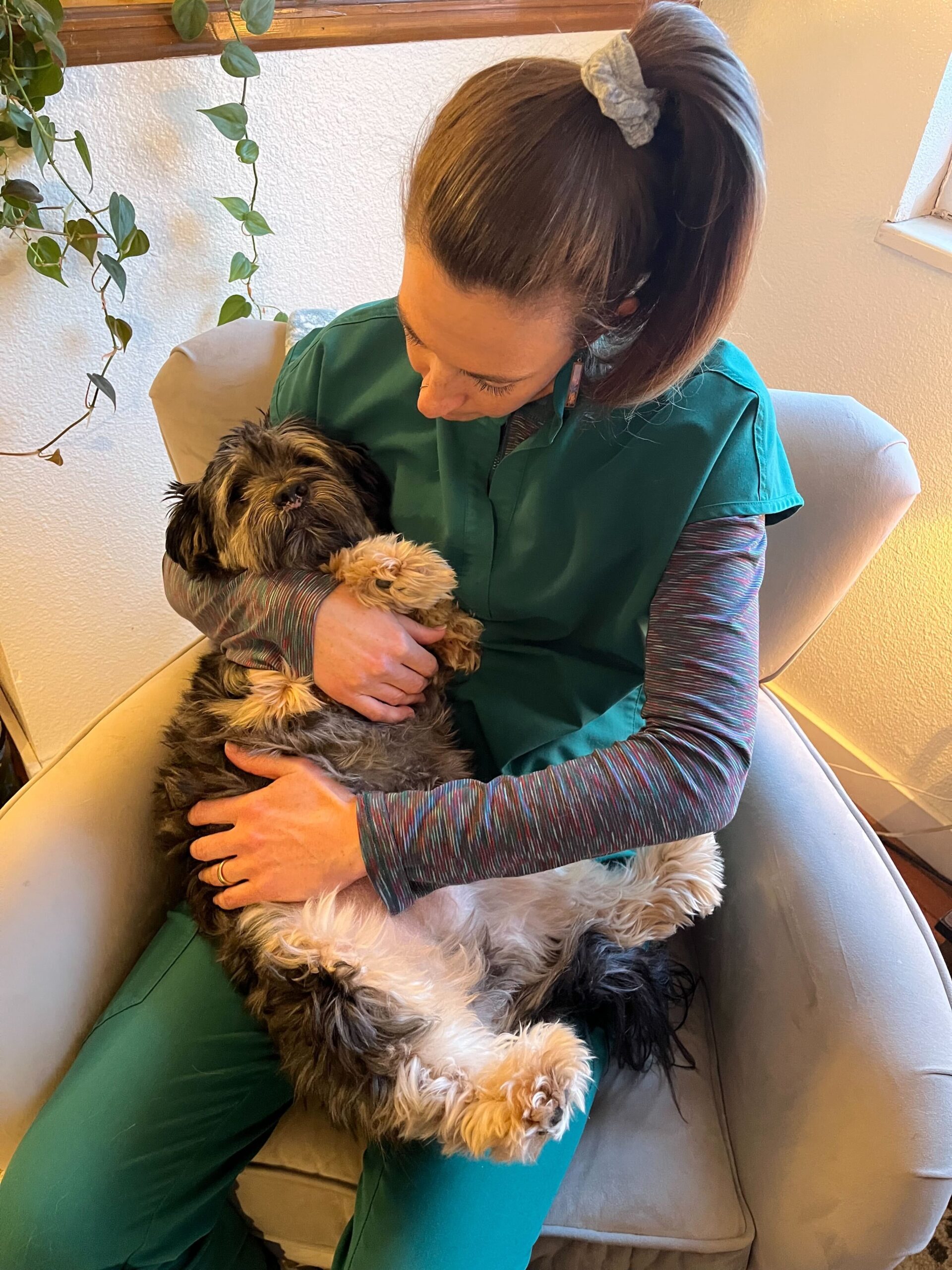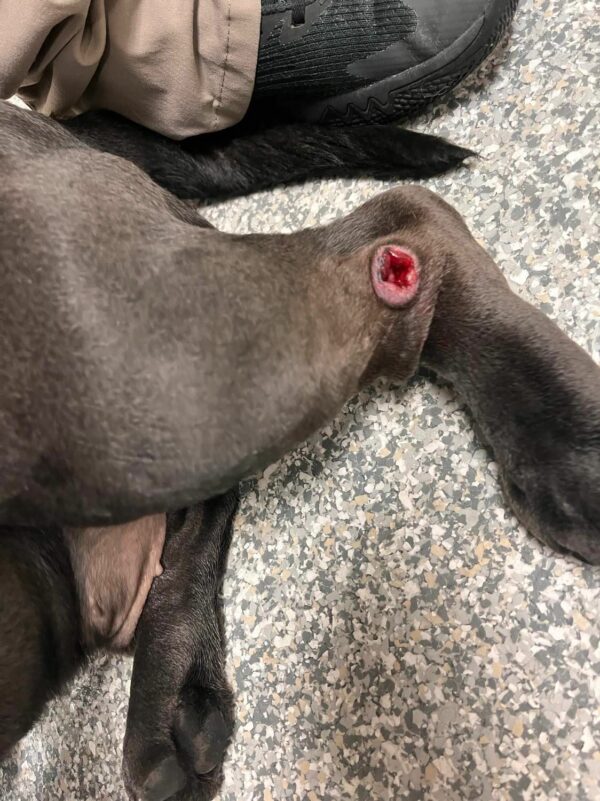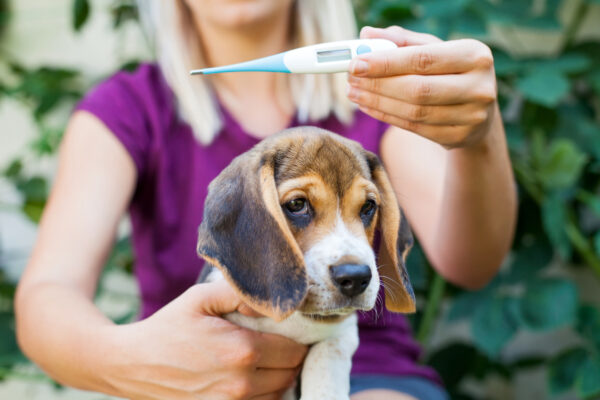If your dog is prone to gastrointestinal upset, chances are that he has experienced the uncomfortable side effect of gas. You may have wondered if you can help move the gas through your pup’s body so that they can feel healthy and happy again. The great news is that you can! Simple at-home massage techniques encourage gas to move through your dog, and I will teach you how!
Dogs experience flatulence for many of the same reasons people do. Some of the most common reasons include:
- Diet changes.
- Dietary indiscretion.
- Poor gut flora.
- Increased swallowing of air.
Only massage your gassy dog if his symptoms are mild, and always refer to your pup’s veterinarian if you are concerned that there is a life-threatening emergency or need for immediate medical care.
If your dog is experiencing mild gas, follow these massage strokes to facilitate moving it out of your pup! Before you start, watch this video on how to massage gas out of a dog.
The 4 Ways to Massage Gas Out of a Dog
1. Gentle, flat-handed petting.
Start by petting your dog from his head to tail. Use gentle touch with no more than 2 pounds of pressure. Take this time to ground yourself and your dog. A relaxed and comfortable dog is more likely to release tension and gas, whereas an anxious and stiff dog is more likely to retain gas and tension.
2. Belly massage.
Move your flat-handed petting to your dog’s belly and begin using mild pressure to gently rub your dog’s belly from just below his rib cage down to his groin. Practice this same stroke moving from his groin back to his rib cage. Using your fingers and gentle pressure, perform gliding strokes along the sides of your dog’s belly. This will look like a half circle that starts on one side of your dog’s belly, moving over to the other in one stroke. Take notes as to how your dog feels during this abdominal massage and always discontinue if you notice or sense discomfort or resistance in your dog.
3. Side massage.
With your dog standing up, perform large, circular strokes along either side of your dog, specifically along his belly and around his waistline. Light pressure is all that is required for the best results. Alternatively, gently pat your dog’s side. Remember: gentle, minimal pressure is key!
4. Back massage.
Back tension can cause abdominal tension and abdominal tension can cause back tension! If your dog will let you, perform gentle circles along either side of your dog’s back. Always avoid direct pressure on the spine, remaining 1.5 to 2 inches on either side of the spine at all times.
These dog massage techniques do not need to be performed consecutively. Keep track of time: No more than 3 to 5 minutes per stroke.
In addition to other at-home preventatives such as diet changes and quality probiotics, massage therapy can move gas through your dog’s body and prevent it. Gas is often paired with other signs of GI upset, such as diarrhea. A short walk before and after your mini at-home massage session can help. You’ve got this!






